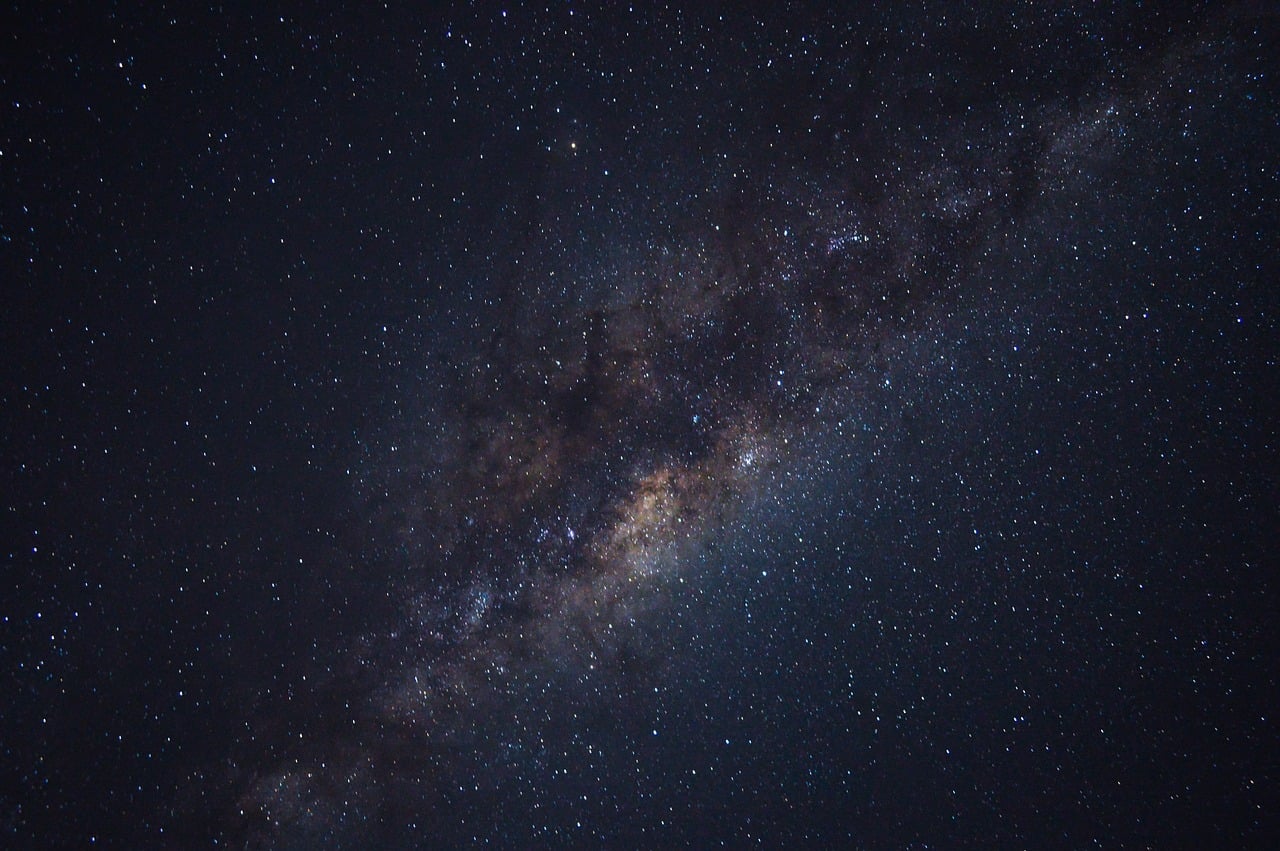When two galaxies collide, they splash bright lights over the universe, and as there are many galaxies in the universe, scientists wanted to discover where the earliest galaxy collisions occurred. They used an AI-trained algorithm that details the early universe and can help determine the earliest galaxy collisions in the universe.
Artificial intelligence’s prediction algorithms can bypass the difficulties telescopes face. Telescopes can’t see far away, to the ancient parts of the universe. Their imagery isn’t clear enough to show two ancient galaxies merging. It’s hard to tell the difference between distant galaxy mergers from distant galaxies that shine brightly because they’re birthing a high number of new stars.
A study published in the journal Monthly Notices of the Royal Astronomical Society described its new AI-trained algorithm that can make out the difference between the different types of galaxies. When scientists are observing the nearby parts of the universe, galaxy mergers are easily spotted using star clusters on their peripheries. The stars stretch away from the galaxy cores that have just stretched, helping scientists identify them.
But the light from the universe far away is dimmer, so it looks too blurry for telescopes to see the difference. That’s why scientists have always faced difficulties in finding distant super-bright galaxies.
The team knows what the star-forming galaxies and galactic mergers look like from closer distances, so they came up with the idea of creating fake images and then blur them out for the AI-trained algorithm to learn what galaxies cause them. They used the images that were captured from the Hubble Space Telescope.
The team could tell the difference between the fake-blurred images and actually-blurry images so they trained a machine-learning algorithm that can make the difference between the earliest galaxy collisions. This discovery is important to the astronomers because the universe is full of merging galaxies, the researchers noted in a statement.
There are up to five percent of galaxies that participate in galaxy mergers at any moment. Our own galaxy Milky Way is no exception. It’s expected that the Milky Way will merge with its closest neighbor, galaxy Andromeda.
While the new method can successfully distinguish the earliest galaxy collisions, there are a couple of flaws to the AI-trained algorithm. There is a potential bias of the database that covers simulation. There are also some inaccurate trial-and-error methods involved when it comes to generating a new database. The team plans to make improvements to the machine-learning algorithm so that it can discover even older galaxy mergers. However, the team will need to make an even larger database for that.
This is not the first time scientists have referred to artificial intelligence and machine learning to reveal the secrets of the universe. Last year, scientists used AI to enhance their algorithm for searching for exoplanets in the neighboring star systems, while another team of scientists discovered new craters on the moon thanks to a powerful machine learning algorithm.





